Last Chance: The Annual Orchid Show Soars at the New York Botanical Garden
The vibrant colors of Mexico come to NYC for a unique Orchid Show at NYBG!


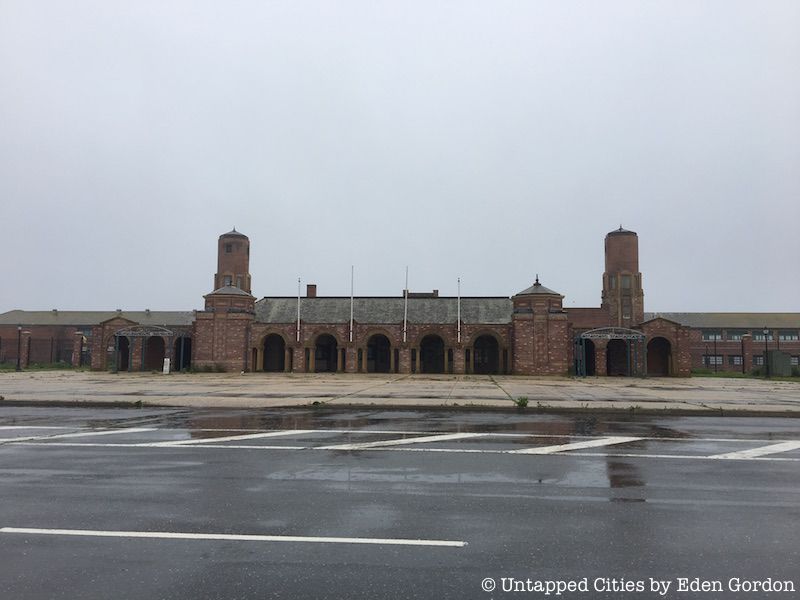
Jacob Riis Park‘s monumental bathhouse, with its vibrant Art Deco design, looks like the architectural embodiment of a memory. On the Atlantic Ocean side of the Rockaway Peninsula, in a mostly empty area between a sprawling highway and the ocean, the bathhouse was once a hub of oceanside entertainment, but today it is all but abandoned, slouching towards ruin but hanging to its former glory by a thread.
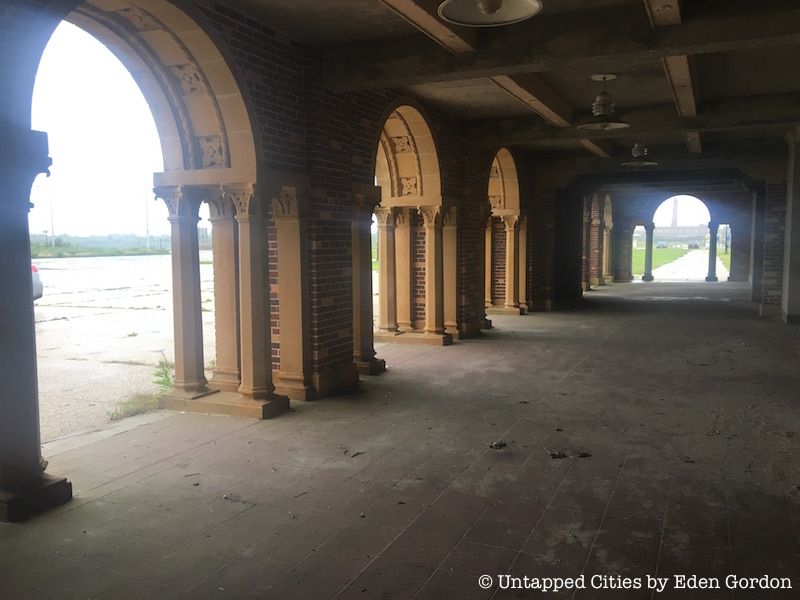
The bathhouse, which opened in 1932, was designed by John L. Plock for the firm Stoughton & Stoughton, and was completed for $530,000. Later, Robert Moses added the building’s concrete facade, which was intended to protect the building from storms and flooding.
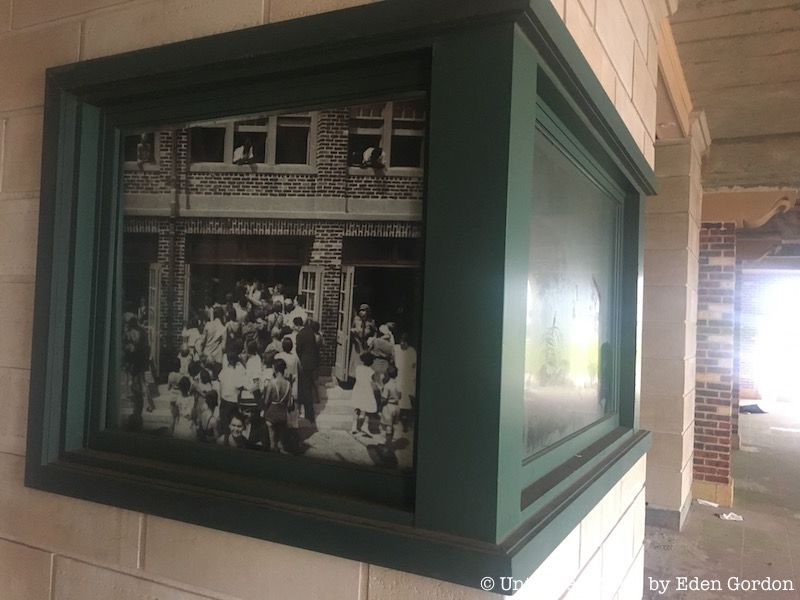
Since 1990, the bathhouse has undergone various renovations. A $20 million asbestos removal effort combined with electrical work and design improvements failed to rejuvenate the space, though for a time residents and tourists alike hoped that it would return to its former glory. They envisioned a space complete with cafes, showers, shops, and beachside attractions.
This never came to fruition. The bathhouse is next to empty today. Inside, there are some chairs and tables where park ranger meetings and tours gather.
Part of the reason that the renovations were unsuccessful is that the building is so huge: it is actually made up of four buildings, including an entry pavilion and a beach pavilion, the latter of which still needs a lot of work. Also, Tropical Storm Irene did some serious damage, lobbing huge amounts of sand onto the floor in its fit of fury.
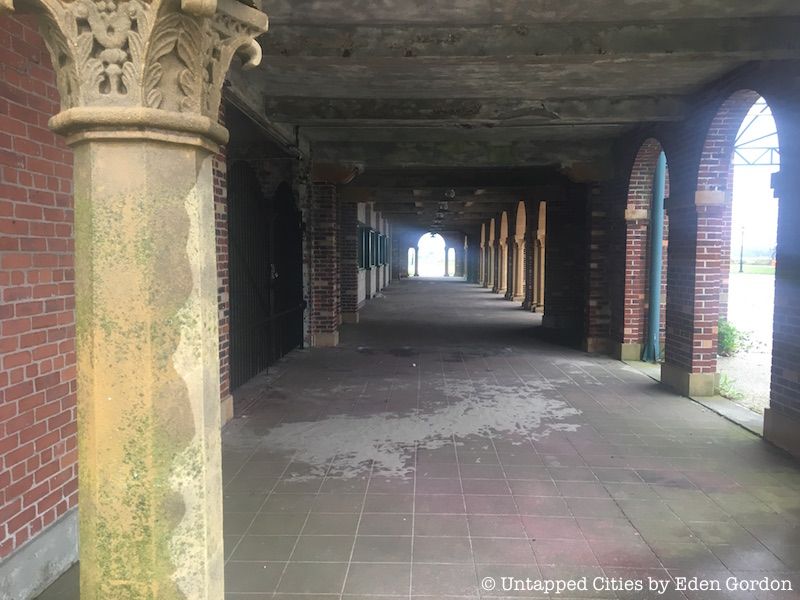
The building is still beautiful, in a faded and nostalgic way. It might appeal to people who prefer rainy days over sunny ones, for example, or who appreciate sad folk music more than pop. Its exuberant Art Deco architecture, complete with dozens of archways each carved with swirling natural imagery, is still on display, and its octagonal towers spiral up to the sky and cast huge shadows over the beach.
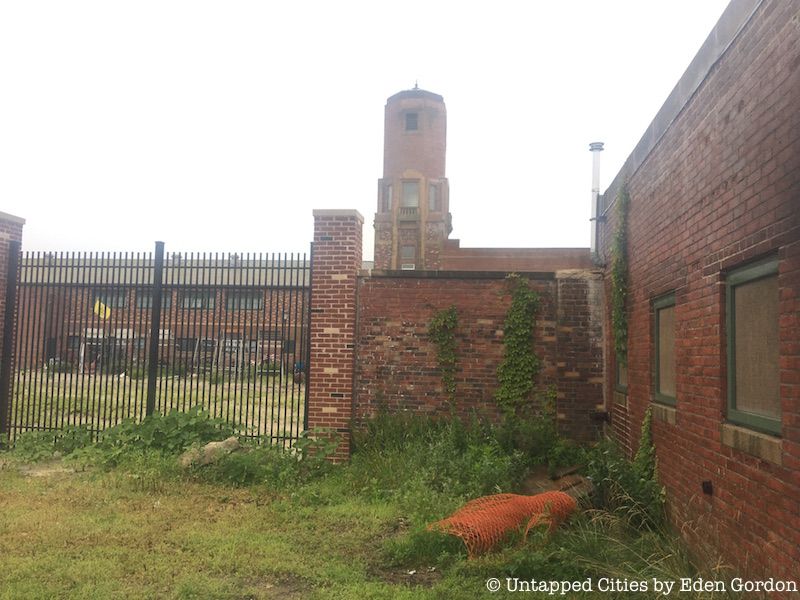
It still hosts historical exhibits, and black-and-white photos that display its former glory can be viewed near each of its entrances.
The bathhouse and park belong to the Gateway National Recreation Area, which also includes Floyd Bennett Field, Fort Tilden, and several other Rockaways and Marine Park attractions.
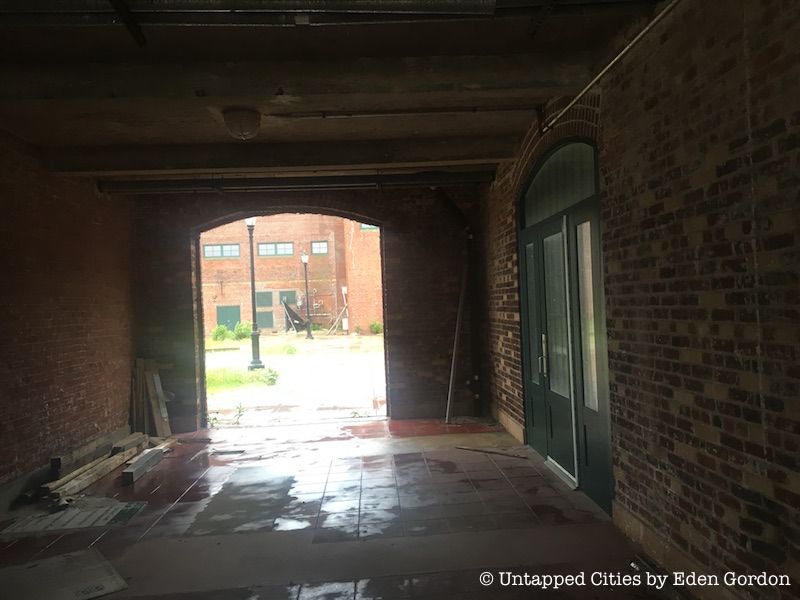
Jacob Riis Park was named after the photographer Jacob A. Riis, who famously documented the struggles of the poor in the city’s tenements. In 1890, he released the book How the Other Half Lives, which resulted in great acclaim and even spurred then-President Theodore Roosevelt to shut down the worst of the public lodging spaces.
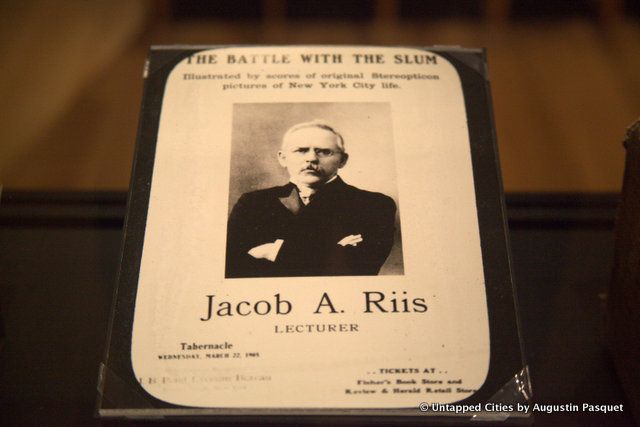
Though not as grand as it once was, the park is still an immensely valuable place that gives people of all different kids a way to enjoy fresh ocean air. The park was designed in 1936 by Robert Moses, on the site of one of the first U.S. naval air bases, where the first transatlantic flight landed in 1919, and it has a great deal to offer history buffs and nature lovers alike.
The bathhouse and park have been the site of several recent public events. In 2015, the entertainment company Brooklyn Bazaar signed a five-year deal with Rockaway Beach, and commissions concerts and entertainment events there. The location has tremendous potential, and is ripe for many stories waiting to be told.
For more, check out the top 12 secrets of the Rockaways and read about the abandoned municipal courthouse in the Rockaways.
Subscribe to our newsletter